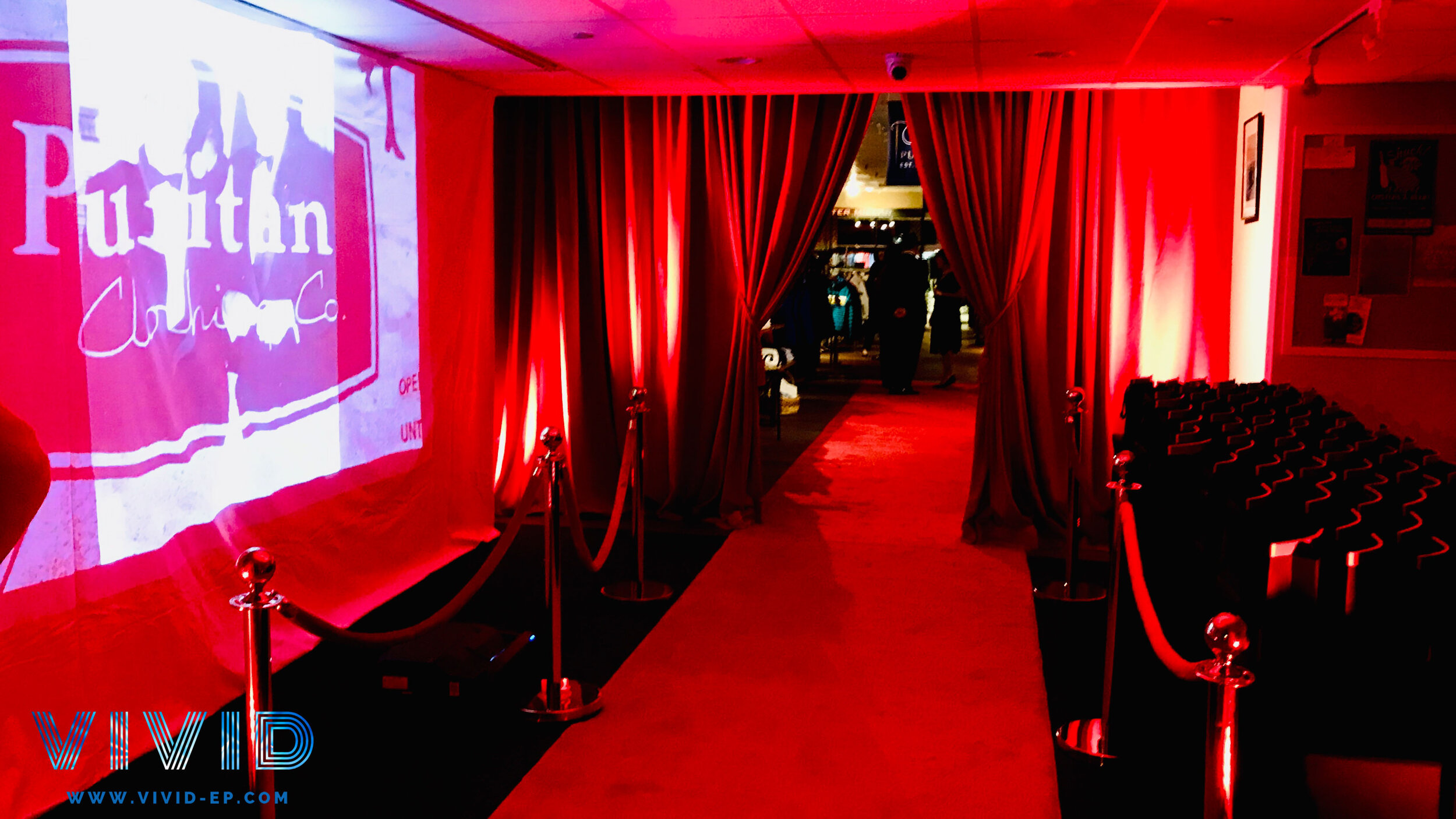Crucial Tactics for Maximizing the Lifespan of The LED Display
Wiki Article
Light Emitting Diode screens are becoming increasingly popular for multiple applications, from marketing to entertainment. To ensure that these screens function effectively over the years, it is crucial to adopt strategies that extend their lifespan. Comprehending the factors that influence the durability of LED screens can help users sustain their performance and avoid unneeded substitutions.
One of the primary factors that can prolong the lifespan of an LED screen is appropriate installation. It is crucial to have a skilled crew handle the installation process to guarantee all components are correctly attached. Inadequate installation can result in electrical issues or physical damage. Additionally, the placement of the Light Emitting Diode screen should consider environmental conditions such as light exposure and moisture levels. A well-installed screen in a suitable site will reduce the risk of damage caused by external elements.

Regular upkeep is another key strategy to extend the life of an Light Emitting Diode screen. This includes routine checks to monitor for any indicators of wear or malfunction. Dust and debris can build up on the surface of the LED panels, impacting luminosity and hue quality. Cleaning the screens with appropriate materials will assist keep ideal visibility. It is also essential to monitor the components behind the screen, making sure that all links are tight and that there are no overheating issues, which can significantly reduce the durability of the parts.
Electrical management plays a vital role in enhancing the longevity of an Light Emitting Diode screen. Excess voltage or unstable power supply can damage the inner circuitry. To prevent this, using a high-quality electric supply and putting in place overvoltage protection strategies is advisable. Additionally, setting the display to operate at reduced luminosity levels when high brightness is not necessary can reduce wear on the lights. This not only prolongs the durability of the screen but also saves power, making it a economical choice.
Furthermore, software management can influence the performance of Light Emitting Diode screens. Consistently refreshing the software that operates the display ensures that it runs efficiently and incorporates any necessary security patches. Old program can result in functionality issues and may put the setup to risks. Proper timing of programming can also assist with overseeing the demand of the display, allowing it to rest during non-peak hours, which can contribute to a longer lifespan.
In conclusion, extending the lifespan of an LED screen involves a combination of proper setup, routine maintenance, efficient electric management, and diligent software management. By concentrating on these essential strategies, operators review can ensure that their LED displays stay operational and visually appealing for numerous years. Taking preventive steps will not only enhance the functionality of the LED wall but also offer a better yield on cost over time.